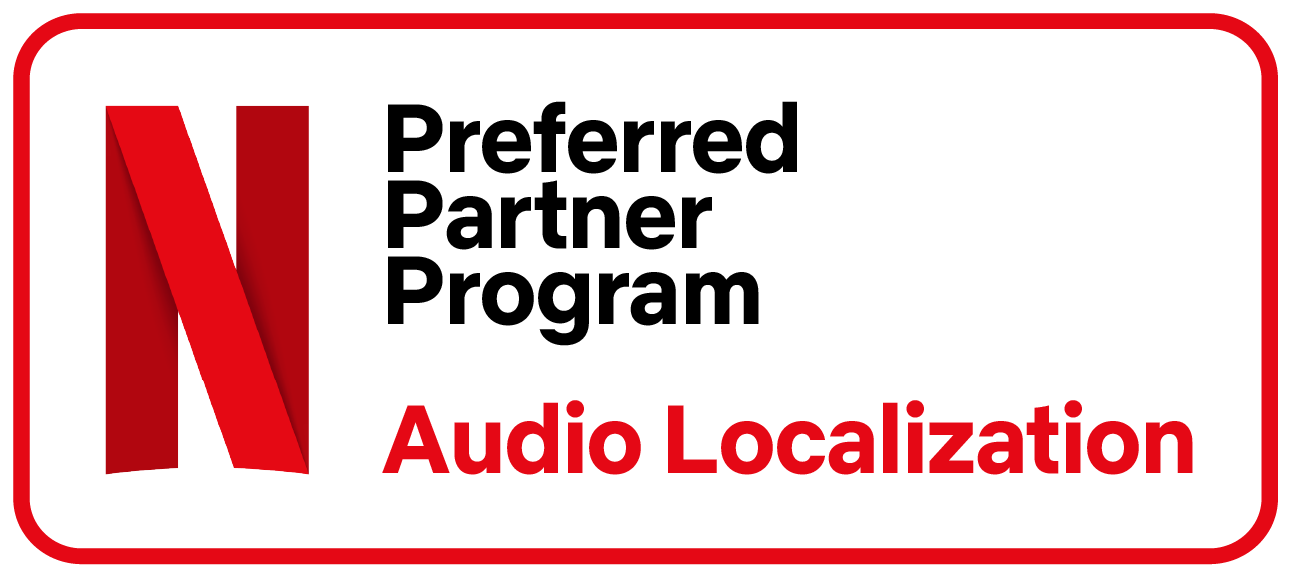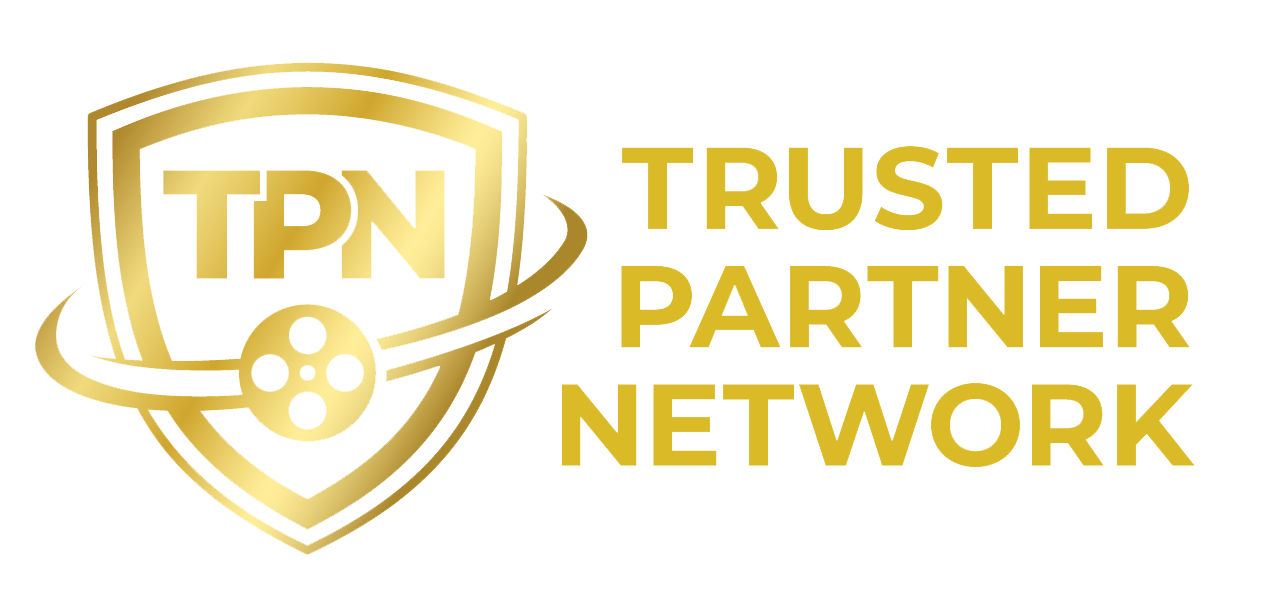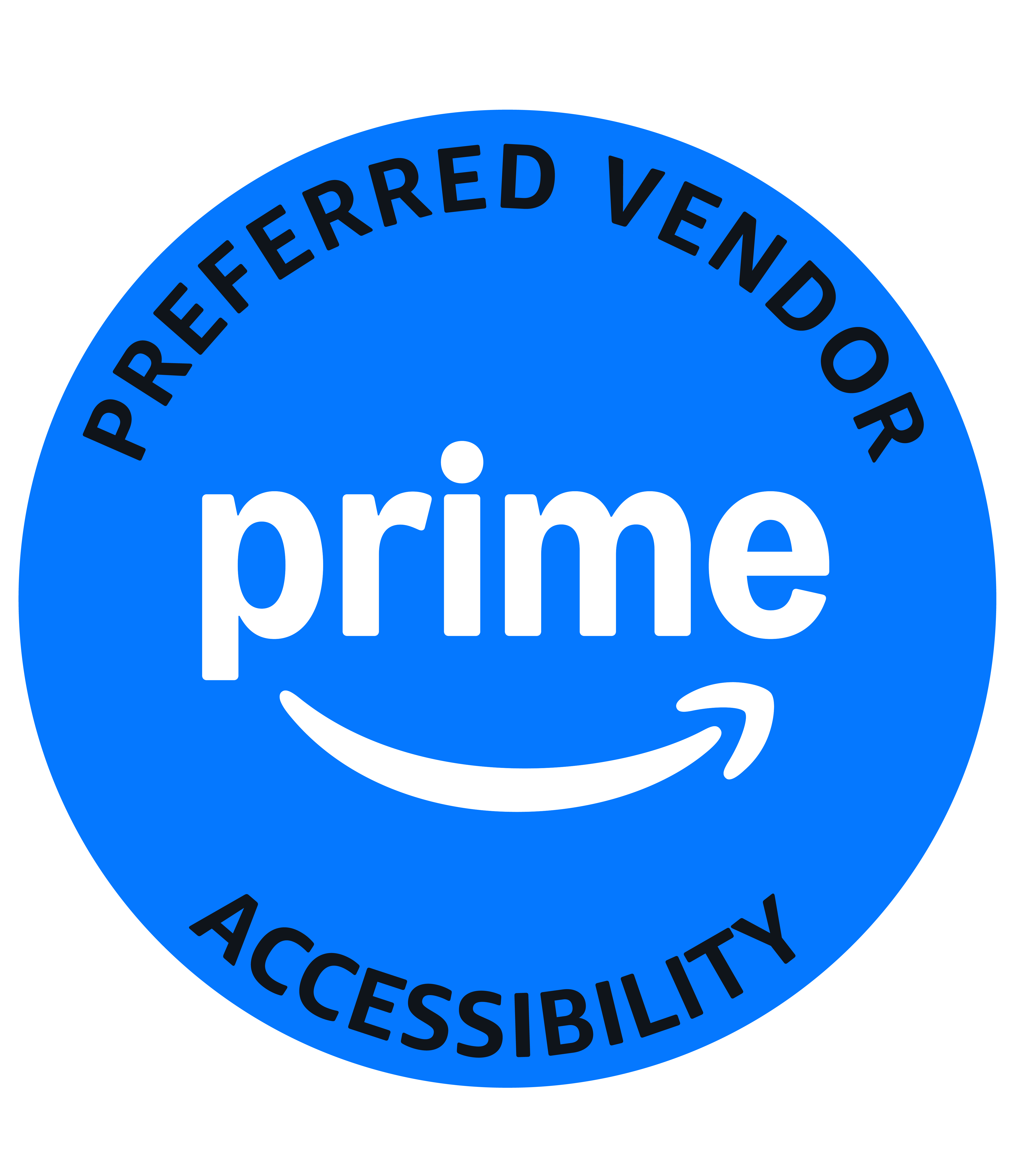
By Rhys Lloyd, Studio Head, Descriptive Video Works
The establishment of the Entertainment Globalization Association has been a source of great excitement in the entertainment industry. EGA members share a foundational value that entertainment localization should be treated with the same care and level of engagement as the original content. The members - both companies and individuals - also share a common belief that entertainment should reach across borders, and barriers.
While globalization suggests the translation and transcreation of content into different languages, globalization by its nature implies inclusion. However, inclusivity efforts only make a real difference if everyone is included. The blind and low vision worldwide community should be considered as part of any content globalization and localization effort.
According to the World Health Organization, there are an estimated 285 million people in the world who are visually impaired, and 36 million of those people are classified as blind. The blind and low vision community is almost as large as the entire population of the United States, however they are often excluded from consideration in the distribution and accessibility of entertainment content. Content accessibility is often treated as an afterthought or a requirement born of legislative efforts but, much like dubbing and subtitling, it should be about bridging boundaries and including everyone. We can, and should do better, to ensure that everyone has access to creative content in a way they can understand, appreciate, and enjoy.
Audio Description (also known as Described Video) is the art of describing action that takes place in a TV show, movie, play, news event, corporate video, or any other type of visual programming for a viewer who cannot see or experience the content due to low vision, blindness, or other reasons. The description of the content should be informative enough to allow the viewer to follow the story, and expressive enough to create a detailed image of the action in the mind.
People that work in Audio Description face numerous challenges and constraints to ensure that AD audiences have the same experience as other viewers. They need to be extremely adaptable as they handle many different styles and genres of content. Whether it be evoking the tension and suspense of a thriller, or allowing a non-sighted viewer to experience the physicality of comedy, the description needs to be detailed, expressive, and concise - all while making sure that the audio description does not overlap the existing dialogue and narration. This specialized skill takes time, discipline, and experience.
Entertainment distribution is changing in profound ways, as we move to streaming and subscription video services. This model presents a unique opportunity to change the way we think about content accessibility services. Instead of looking at accessibility as something that is mandated or required, the entertainment industry should look at it as an opportunity to create content that includes everyone, and is available to everyone. In the process producers, content owners, and streaming services will reach a much larger audience. Including audio description for all content, in all languages, is the right thing to do for both the industry and its audience.
I am proud that our company, Descriptive Video Works, has joined the EGA. The EGA recognizes the value of making content that is accessible for all, and has made it a pillar of their values. We look forward to helping create a world where we Describe Everything.
Originally published on the EGA blog: Access Services ensures no one is left out of the joy from entertainment!




